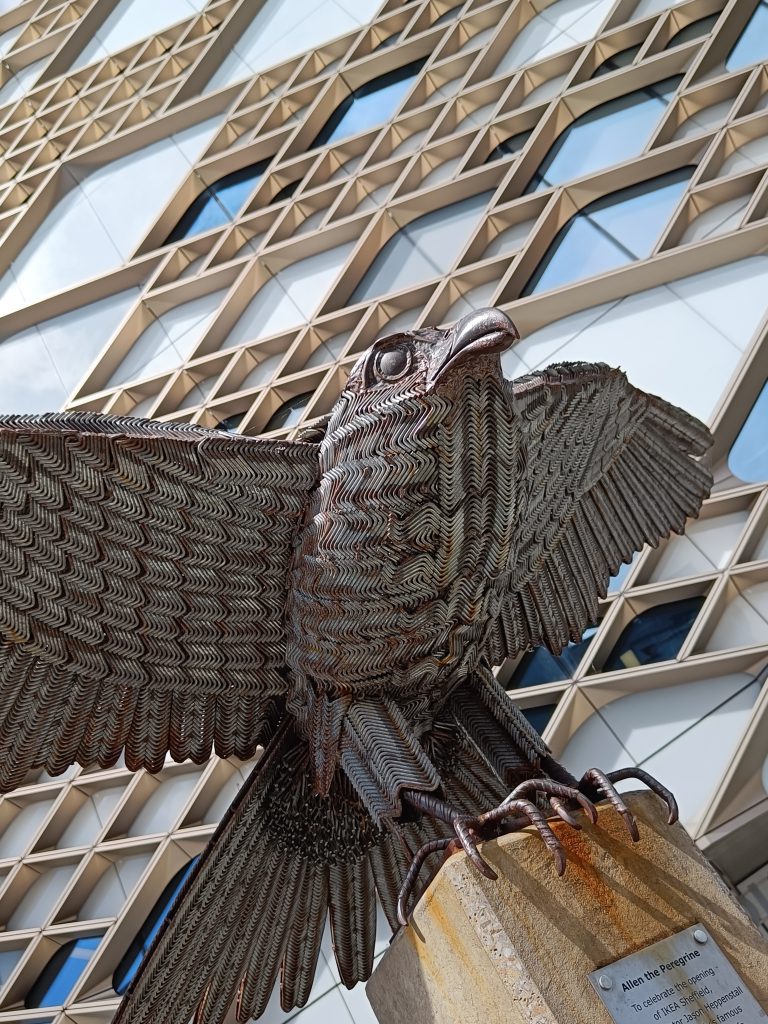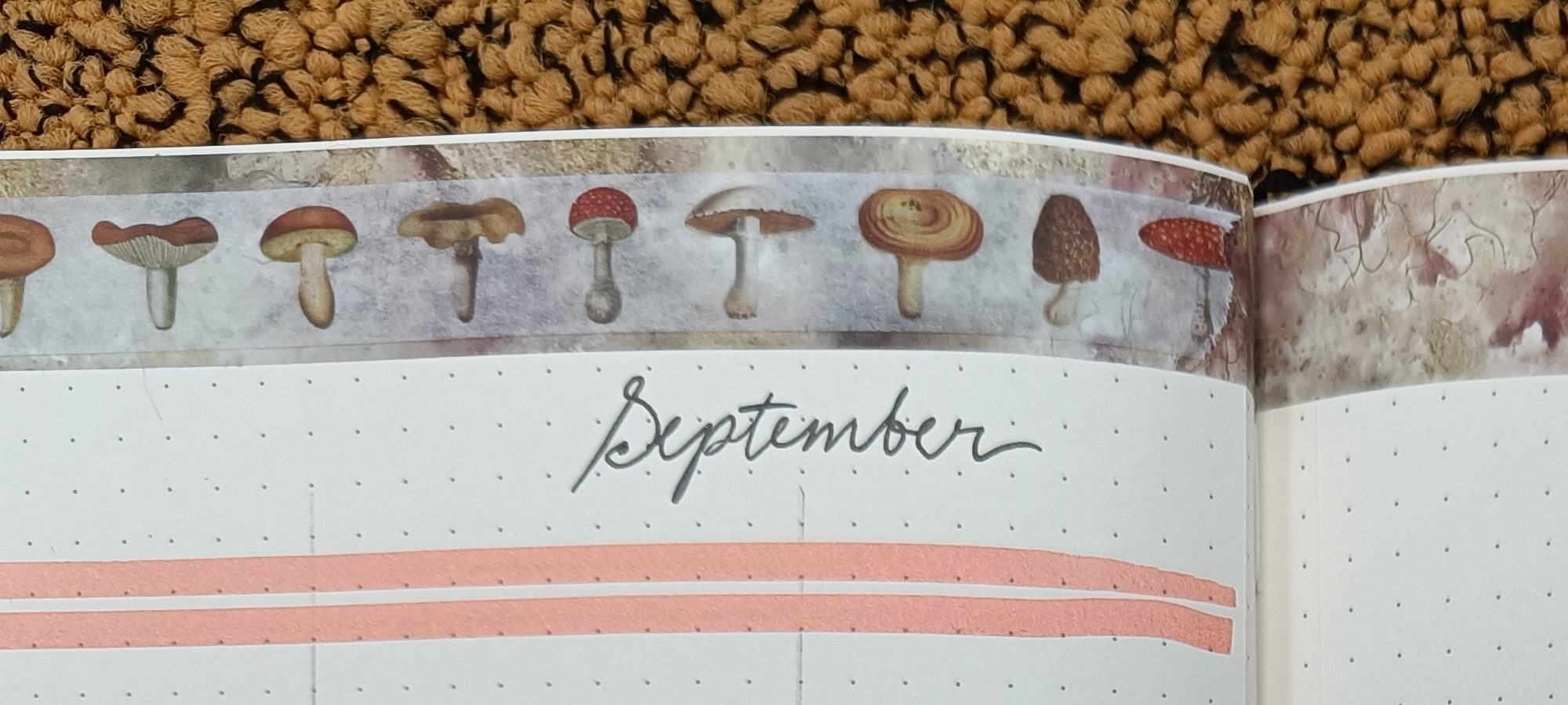September marked the halfway point of our four-year project. Let’s look back into the past academic year and see what we have been up to.
Thousands of graphic devices
We completed the sampling of the EEBO data, i.e. the years 1473-1500, 1521, 1546, 1571, 1621, 1646, 1671, and 1696. From these years, we have analysed all books printed in English that are contained in EEBO. Altogether this amounts to ca. 4,300 books and 510,000 pages! The overall number of graphic devices we have found and classified in this material is ca. 25,300. We are eager to do further statistical analyses and publish the results.
Out of curiosity, it could be mentioned that the highest number of graphic devices encountered in a single book is 1,353 devices! The book in question is Samuel Jeake’s arithmetical work Logistikēlogia, or Arithmetick surveighed and reviewed published in 16961 (the full title is monstrous enough to be hidden in a footnote). As you can probably guess, this book mostly contains arithmetical notation.
Publications…
Our team has been busy working on publishing the research results. In February, we announced the publication of Matti Peikola and Mari-Liisa Varila’s article on late medieval English calendars; in the meanwhile, another article by them, discussing reader instruction in Middle English tables and diagrams, has been accepted for publication in the Journal of Historical Pragmatics. Our team-authored article on the EModGraL classification model has likewise been accepted and is forthcoming in Studia Neophilologica. The edited collection Graphic Practices and Literacies in the History of English (with chapters written by EModGraL team members as well as collaborators) is in progress and will be submitted to the publisher later this autumn.
Our team members are currently working on articles addressing topics such as captions (Varila), braces (Peikola & team), graphic devices and paratextual matter (Sirkku Ruokkeinen & Outi Merisalo), and metatext associated with tabular devices (Aino Liira & Wendy Scase), to name a few.
…and presentations

The EModGraL team members have attended various conferences and other events to present and discuss their research. In January 2022, Aino Liira attended the first national Research Symposium for Early Career Historians on the History of Science and Learning, where she presented the results of a study co-authored with Matti Peikola and Marjo Kaartinen on ‘visual chronologies’ in Early Modern English books (to be published in the Brepols volume). Later in February, Aino and Matti also discussed this topic in a Studia Generalia lecture hosted by TUCEMEMS. In July, the EModGraL team (along with some other Turku colleagues) travelled to Sheffield, UK, for the 22nd International Conference on English Historical Linguistics. Of course, our researchers have also participated in smaller but still important events and meetings throughout the academic year. For instance, Aino and Sirkku presented their research at the Research Day of the School of Languages and Translation at the University of Turku in the spring.
Research visits, collaboration and teaching
Last autumn we were happy to host James Titterington’s two-month research visit to Turku, funded by the Turku University Foundation and the EModGraL project. The collaboration on a research article continues after his visit. Around the same time as James arrived, Aino started her three-month visit to London and the University of Birmingham.
In the spring term, we offered a team-taught course ‘Early Modern Multimodal Practices’, available for students at the Department of English and other language departments. We had a small group of students but all of them were highly enthusiastic. The course included classes on early modern printing, the use of online databases such as EEBO and ECCO, paratexts, and multimodality in different domains and genres, such as science, religion and handbooks. We also paid visits to the University of Turku Library and the Donner Institute Library where our students had the chance to see and handle rare books. Our students enjoyed these practical, hands-on sessions tremendously, and they were a rare treat for the teachers as well!
Onwards to the second half of the project
At the moment we’re looking forward to a second workshop with our collaborators, to be held on Friday 3 November. Based on our good experiences from the first workshop, we’re expecting a day full of invigorating discussions. Time will be reserved for discussing article drafts and presenting on-going research as well as discussing the current stage of our quantitative survey of graphic devices.
Plans are also underway for an international conference on the themes of graphic devices and graphic literacies in 2025 – stay tuned for more information!
Text: Aino Liira & Matti Peikola | Photos: Aino Liira
